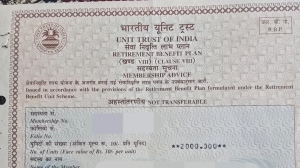-
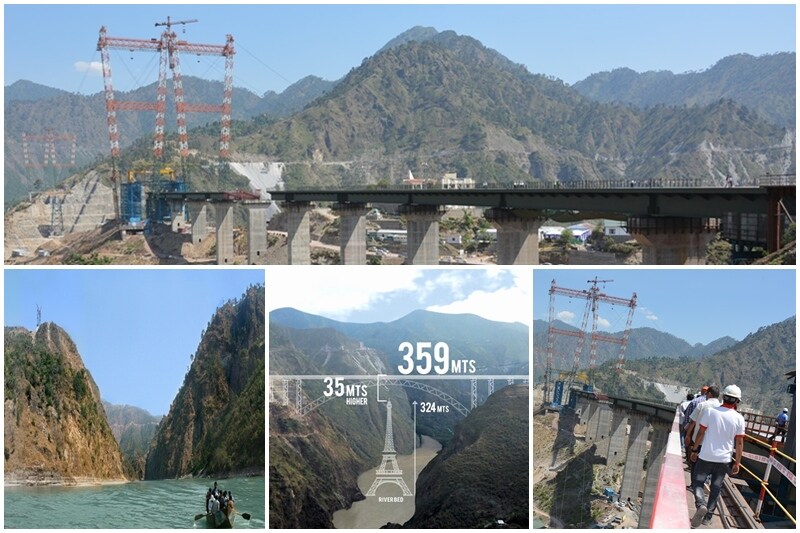
That Indian Railways is building the world's highest railway bridge is a well known fact for many. What is less known is that this arch bridge, being built over the Chenab river in the state of Jammu and Kashmir, is taller than Paris' famous Eiffel Tower! The Chenab river rail bridge, designed by consultants from Finland and Germany, is 'blast proof' and is being built to withstand earthquakes. Awestruck? Here are some other equally interesting facts about Chenab bridge and images of the difficult terrain where world's highest rail bridge is being built…go ahead and feel proud!
-
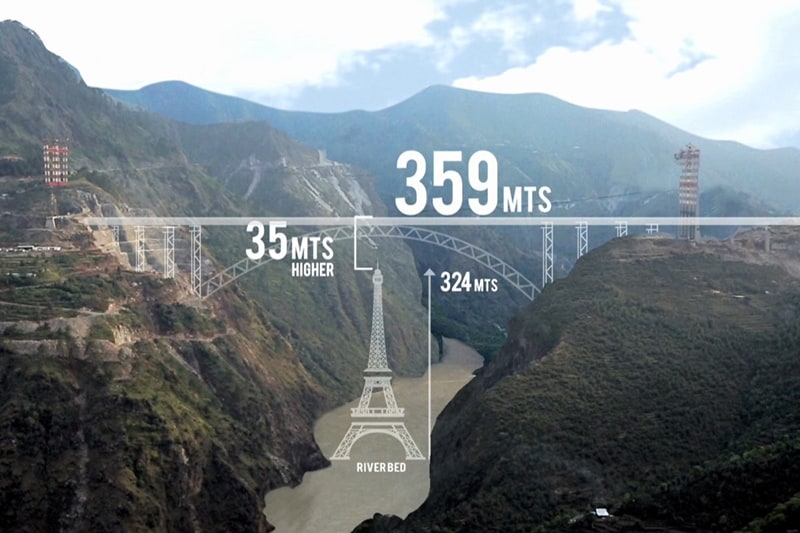
The bridge will be 1.315-km-long and is being built at a height of 359 metres above the Chenab river. This makes bridge 35 metres taller than the Eiffel tower! The bridge will have stations at both the ends.
-
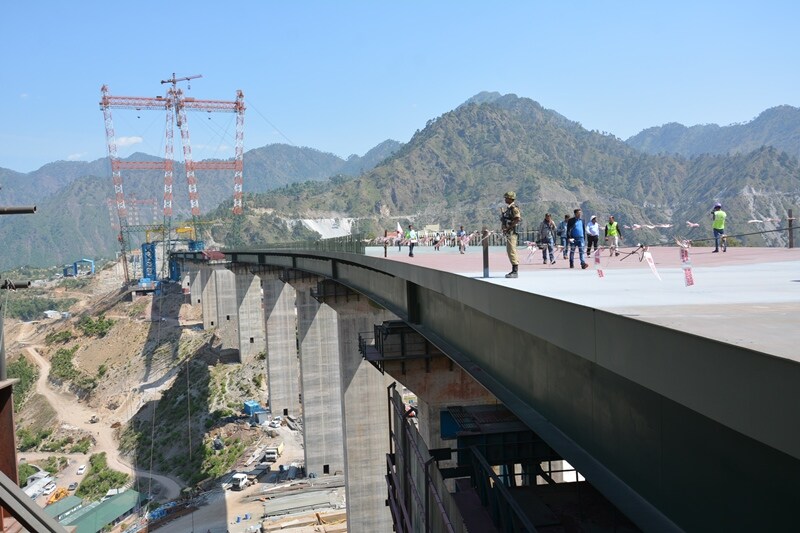
According to Indian Railways, the second and third highest railway arch bridges are Najiehe Railway bridge (at a height of 310 m) at Liuchangxiang, Guizhou, China and Bejpan River Shuibai Railway bridge (at a height of 275 m) at Liupanshui, Guizhou, China.
-
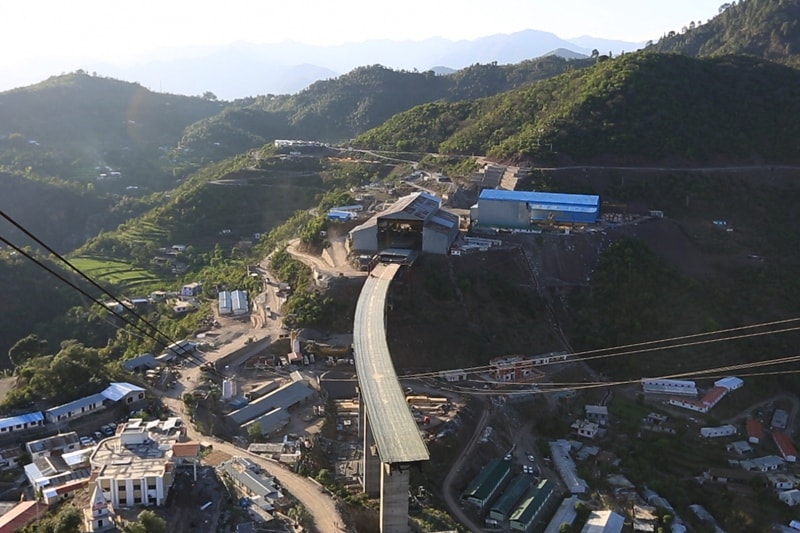
DRDO has worked closely with Indian Railways to make sure that the Rs 12,000-crore bridge can withstand any major blast in the terrorism-affected region. To enhance the safety and security, the bridge is being made of 63 mm-thick special blast-proof steel.
-
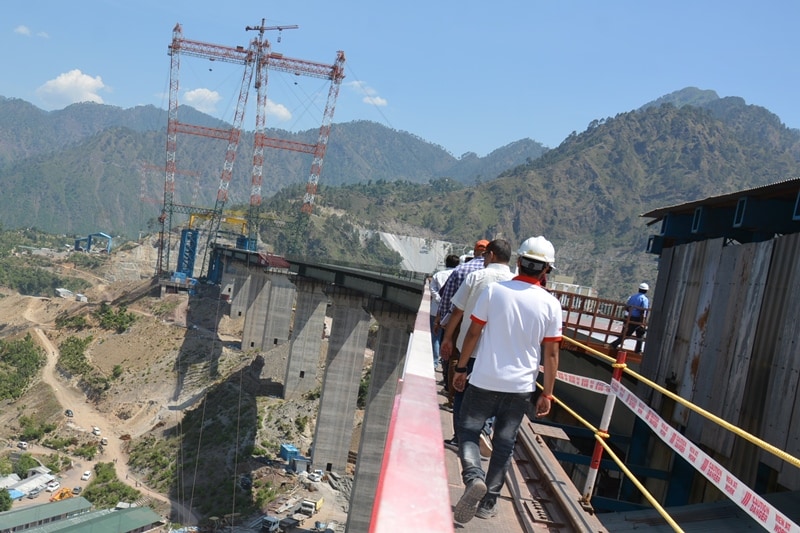
Steel is more economical and can take temperatures as low as -20 degrees Celsius. This is a crucial factor, given the location of the bridge. Additionally, steel can resist speeds of above 250 kmph as well. As much as 24,000-plus tonnes of steel will be used in the construction of the bridge.
-
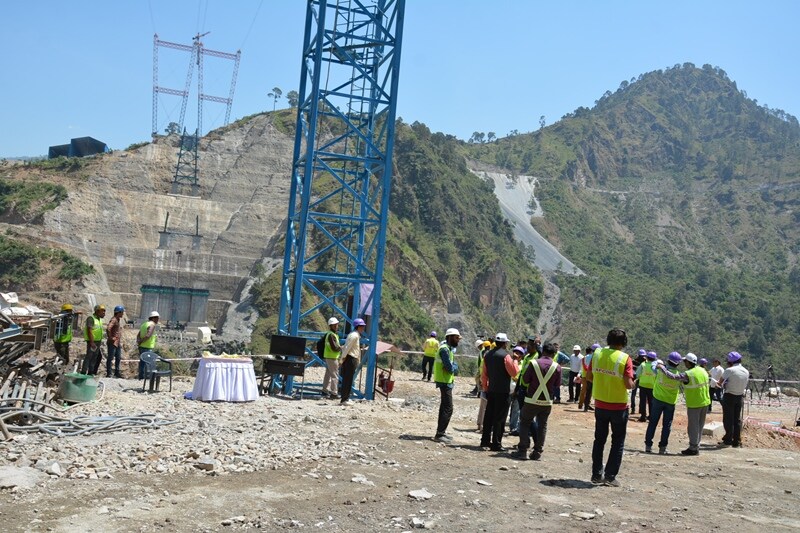
Said to be an engineering marvel, the Chenab railway bridge will be ready by March 2019.
-

Indian Railways plans to install sensors on the bridge to check the wind velocity. Whenever the wind speed will exceed 90 kmph, the signal on the track will turn red, hence stopping train movement.
-
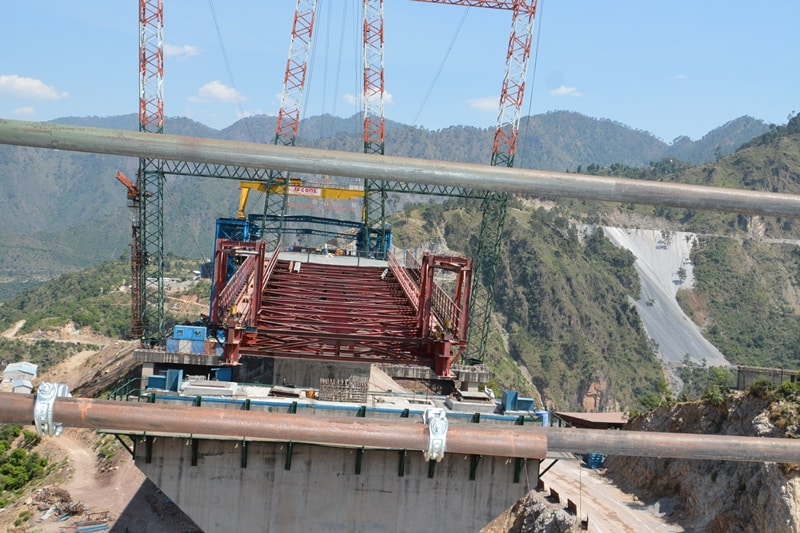
As stated earlier, the bridge has been designed to bear earthquake forces of zone V, even though the bridge site falls under zone IV. Zone V is the highest intensity zone in India.
-
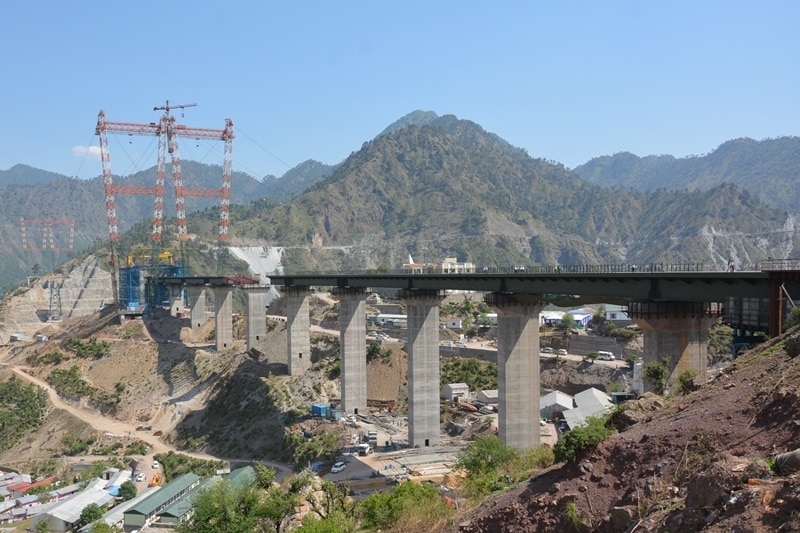
The concrete pillars of the bridge have also been designed to withstand explosions. The bridge will include a 14 metre-wide dual carriageway and a 1.2 metre-wide central verge.
-
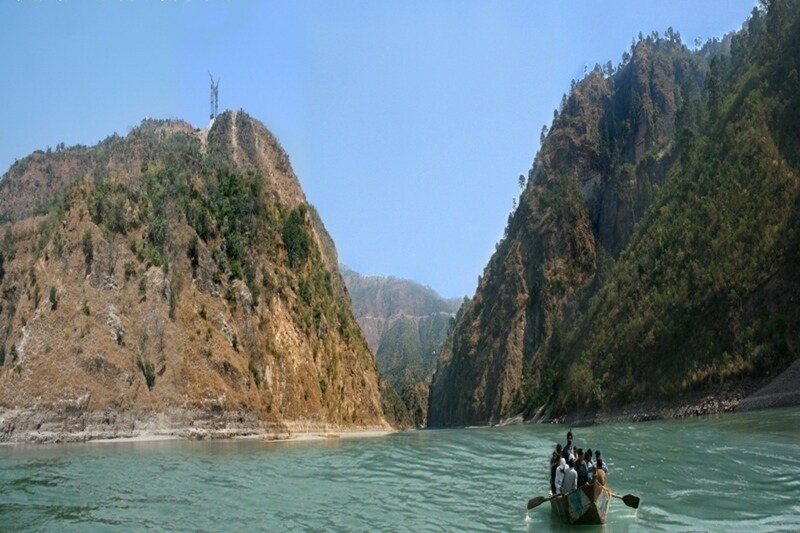
Additionally, a 'ring of aerial security' will be provided to safeguard the bridge, says Railways. An online monitoring and warning system will be installed on the bridge to protect passengers and trains in critical conditions, says Railways adding that footpaths and cycle trails will be provided adjacent to it.
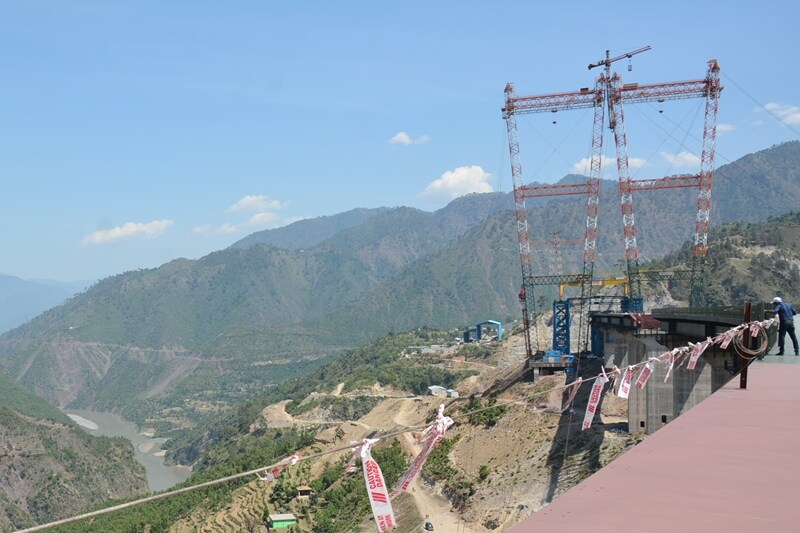
There will also be a ropeway on the bridge for inspection and maintenance purposes. -
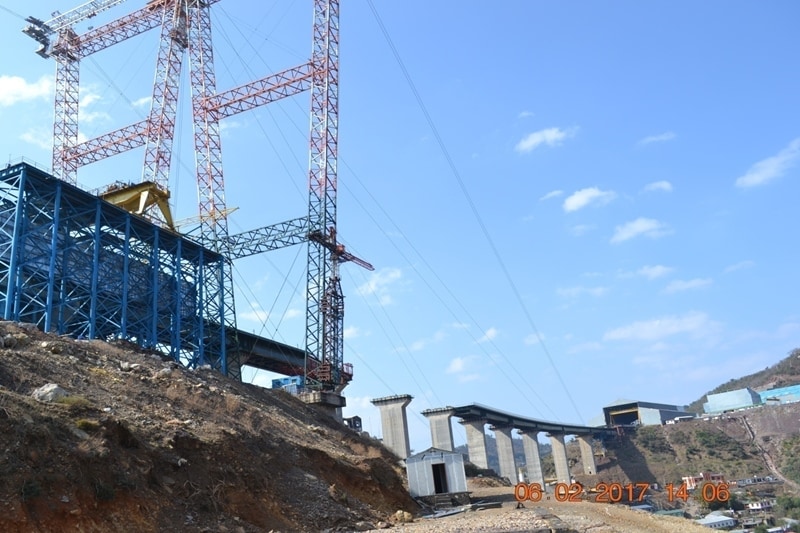
The structure will be painted with a special corrosion-resistant paint which lasts for 15 years.
-
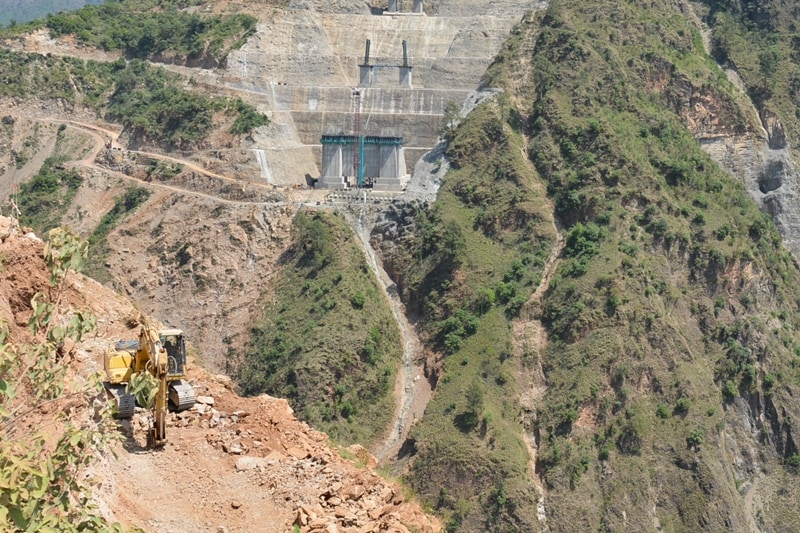
Given the tourism potential of the site, there are plans to host additional activities for tourists in the region. These will include bungee jumping and other such exciting sport events.
-
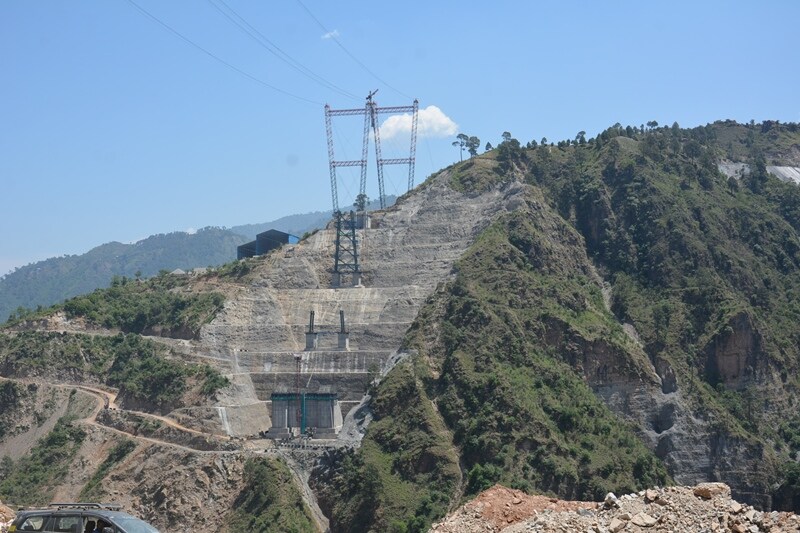
Sightseeing points, trekking routes and hotels are also likely to come in the area to cater to the tourists.
-
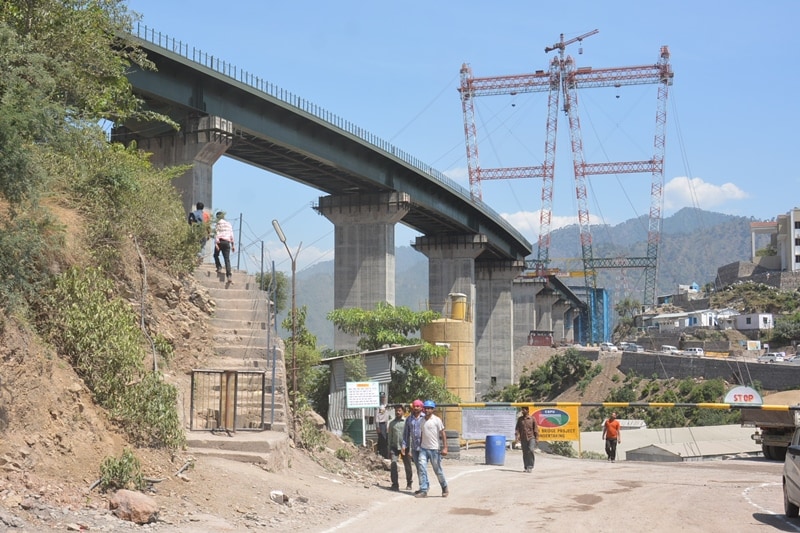
Indian Railways had to build around 22 km of roads to reach the site of the bridge.
-
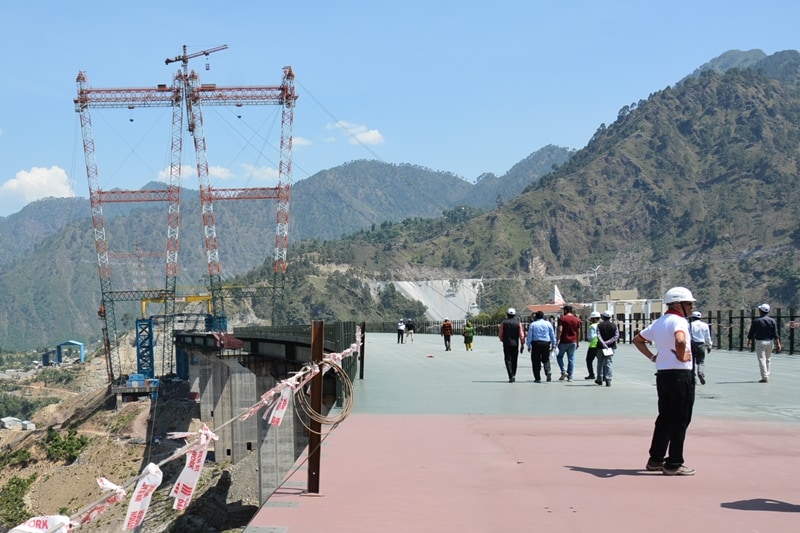
The Chenab bridge forms a crucial link in the 111-km stretch between Katra and Banihal. This is is a part of the Udhampur-Srinagar-Baramulla section of the Kashmir Railway project.
-

The 325-km-long Kashmir rail link project is said to be the most expensive stretch out of the entire 66,000-km rail line in the country.
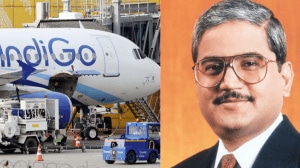
The man who built IndiGo — and quietly walked away with Rs 40,000 crores
